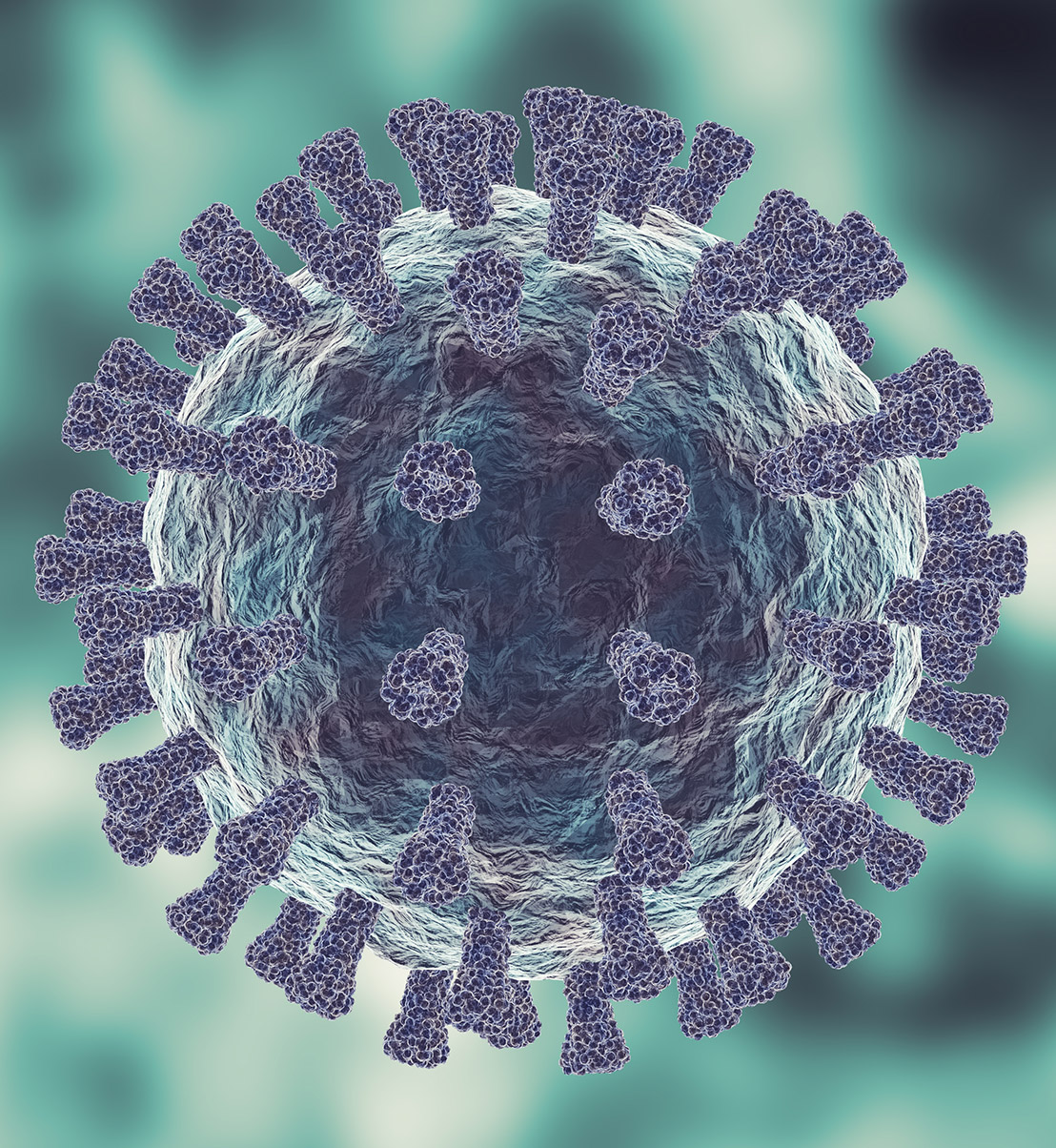Seasonal influenza (“flu”) causes significant morbidity and mortality each year and a pandemic influenza continues to pose a worldwide threat. Government health agencies and a large number of academic, public and private organisations and consortiums are encouraging the development of universal / broad spectrum flu vaccines.
Novel correlates of protection are being explored, with humoral and cellular immune responses now more than ever at the forefront of vaccine research. The controlled human model of infection with contemporaneous wild-type influenza viral strains will play a unvaluable role in this development process and the rapid validation of new vaccine candidates.
We have been studying influenza for over 20 years, conducting influenza human challenge studies with our flu disease models for more than 15 years.
We have delivered numerous flu challenge studies for a range of industry, governmental and academic partners, making our tool the most well-used commercial flu disease models available on the market.
As the industry leader in conducting human viral challenge studies, our team has developed a large Virobase, of clinical data paired with virological, host genetics and immunology data, combined with an extensive biorepository of blood and respiratory samples. This “Virometrics” resource, in conjunction with our unique insight into the host response to viral disease, allows us to tailor study designs to each Investigational Medicinal Product (IMP).
Influenza B stands as the second most prevalent strain of influenza virus responsible for seasonal flu outbreaks, trailing behind influenza A. Categorized into subtypes known as B/Yamagata and B/Victoria based on their lineages, these viruses were initially identified in 1940. Unlike some other strains, influenza B primarily affects humans, lacking a significant animal reservoir.
While influenza A finds greater prevalence among adults, accounting for roughly 75% of all influenza cases, influenza B tends to target children more frequently. Although it generally manifests as a mild to moderate illness in healthy pediatric populations, its severity increases among children under the age of 5. This heightened susceptibility might be attributed to their limited prior exposure and subsequently lower immunity.
Furthermore, there is evidence suggesting a rising potency of influenza B, potentially leading to heightened mortality rates compared to specific subgroups of influenza A, particularly in populations with compromised immune systems such as individuals living with HIV. Acknowledging the significance of influenza B is crucial, as its capacity to induce high morbidity and mortality rates should not be underestimated.
Demonstrating efficacy of novel vaccines in the field is time-consuming, costly and associated with risk
Establishing efficacy of antivirals in early clinical trials is challenging
Clinical proof of concept and dosing finding delivered in a controlled setting


Demonstrating clinical efficacy in early-stage field trials is challenging
Clinical proof-of concept and dosing finding delivered in a controlled setting
Reduced costs as the model requires only a small number of subjects investigated over a shorter period of time to deliver an efficacy outcome
Study management
Deliver quality results (GCLP)
Meeting client needs and timelines
Trials conducted using controlled settings and processes
Bespoke quarantine unit in Whitechapel, London for conducting challenge studies:
62 en-suite rooms
Well characterised challenge virus (GMP)
Exact exposure time to virus
Controlled dose of virus administrated
Quarantine discharge and follow up
Standard 28 days can be up to 1 year
Immunogenicity (e.g. PBMC)
Seroconversion and mucosal immunoglobulins
Sign up to our emails and follow us on social media to keep up to date with hVIVO.